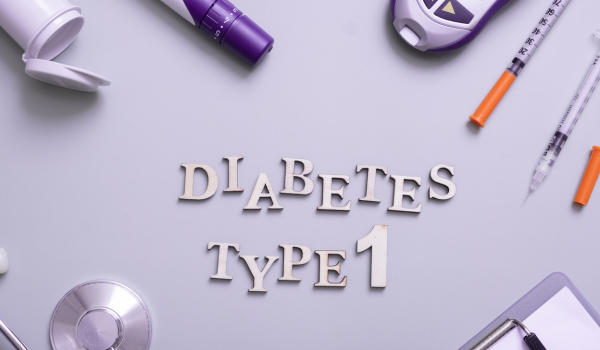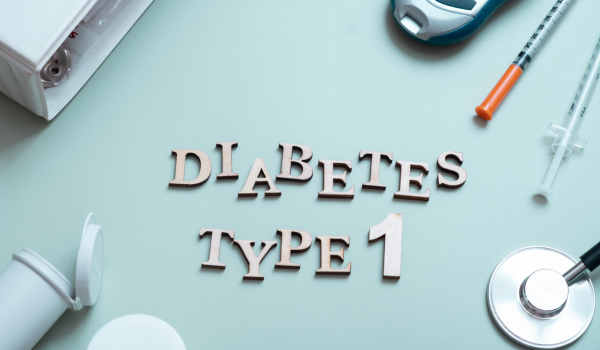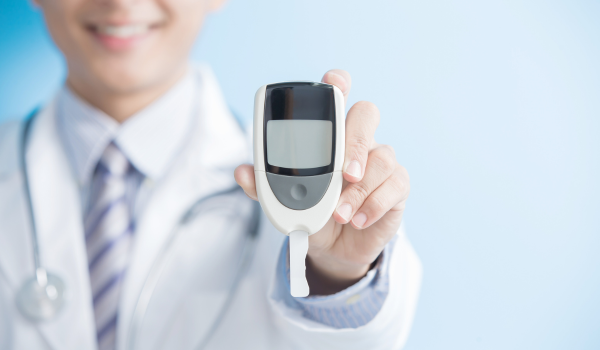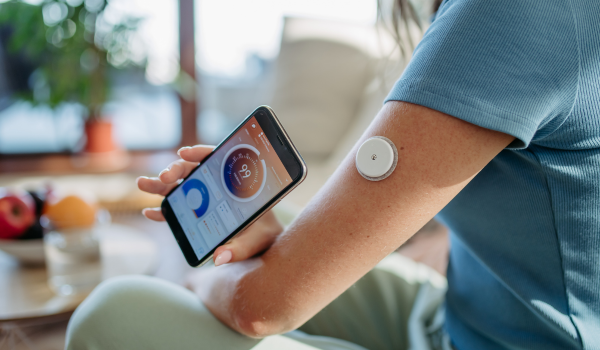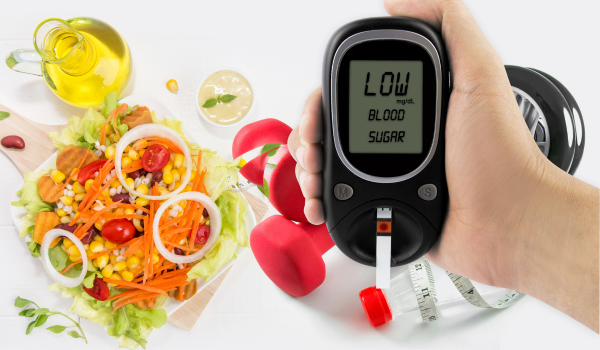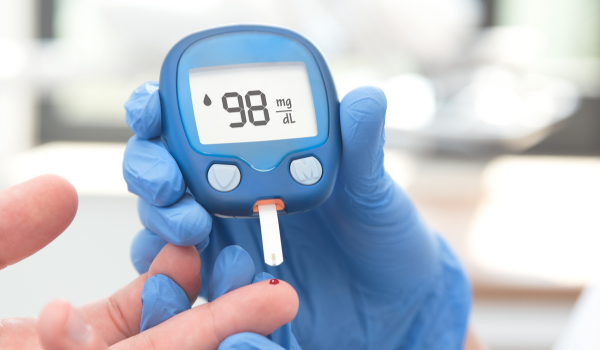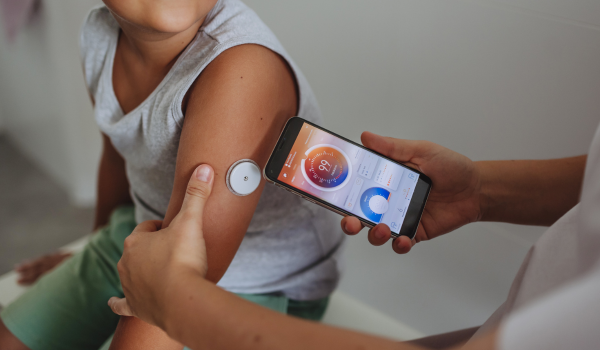
Why Technology Matters
Type 1 diabetes is a lifelong condition that requires constant attention to blood sugar levels, food intake, and insulin dosing. For decades, management relied on fingerstick glucose testing and manual insulin injections. While effective, these methods were time-consuming and often stressful.
Today, technology has transformed type 1 diabetes care. Devices like continuous glucose monitors (CGMs), insulin pumps, and artificial pancreas systems reduce the daily burden, improve blood sugar stability, and enhance quality of life. These advances not only save time but also reduce complications, making living with diabetes safer and more manageable.
Continuous Glucose Monitors (CGMs)
The introduction of CGMs marked one of the biggest breakthroughs in diabetes technology. Instead of single fingerstick readings, CGMs provide real-time glucose data every few minutes.
Key features include:
-
Small sensors placed under the skin that measure glucose in interstitial fluid.
-
Alerts for high and low blood sugar.
-
Trend arrows showing where glucose is heading.
-
Data sharing with smartphones, smartwatches, or healthcare providers.
CGMs give users a complete picture of their glucose patterns, reducing surprises and allowing quicker corrections. Popular models include Dexcom G7, Freestyle Libre 3, and Medtronic Guardian sensors.
Flash Glucose Monitoring
Flash glucose monitoring is a simplified form of continuous monitoring. Instead of sending data constantly, it requires users to scan a sensor with a reader or phone to check levels.
Benefits:
-
No routine fingersticks.
-
Lower cost compared to full CGMs.
-
Easy to use and discreet.
While flash systems don’t offer real-time alerts, they are a valuable step forward for people seeking freedom from frequent finger pricks.
Insulin Pumps
Insulin pumps deliver insulin continuously through a small catheter under the skin. Instead of multiple injections daily, pumps provide steady basal insulin and adjustable bolus doses for meals.
Advantages include:
-
More precise dosing.
-
Flexibility with meals and exercise.
-
Integration with CGMs for smarter control.
Modern pumps allow fine-tuned adjustments and can store data for later analysis. Popular brands include Tandem, Omnipod, and Medtronic pumps.
Smart Pens
For people who prefer injections over pumps, smart insulin pens offer advanced features. These devices track insulin doses, timing, and calculations, often syncing with smartphone apps.
Key features:
-
Dose reminders.
-
Carb-to-insulin ratio calculators.
-
Data sharing with healthcare teams.
Smart pens help reduce errors and make injections more precise, bridging the gap between manual therapy and pump technology.
Artificial Pancreas Systems
Perhaps the most exciting advancement is the development of artificial pancreas systems, also known as closed-loop systems. These devices combine CGMs and insulin pumps with algorithms that automatically adjust insulin delivery based on glucose readings.
Benefits include:
-
Automated corrections for highs and lows.
-
Reduced need for manual adjustments.
-
More time spent in the target blood sugar range.
Current systems are “hybrid closed-loop,” meaning users still input information about meals, but future versions aim for fully automated insulin delivery.
Hybrid vs. Fully Closed Loop
-
Hybrid closed loop: Requires users to announce meals and give bolus doses. The system adjusts background insulin automatically.
-
Fully closed loop: In development, these systems would deliver insulin entirely automatically, without meal announcements.
While not yet perfect, closed-loop systems represent a huge step toward reducing daily management stress.
Integration with Apps
Mobile apps have become central to modern diabetes management. They allow users to:
-
Log meals, exercise, and insulin.
-
Track glucose trends over time.
-
Share data with doctors or caregivers.
-
Receive coaching or reminders.
Integration between devices and apps makes it easier to manage type 1 diabetes from a single platform, creating a connected ecosystem of care.
Data and Decision Support
Modern devices generate massive amounts of glucose and insulin data. Artificial intelligence and machine learning are increasingly used to analyze these patterns and provide personalized recommendations.
Decision-support tools can suggest insulin dose adjustments, predict glucose trends, or flag risky behaviors. These tools empower patients to make more informed choices while reducing mental burden.
Wearables and Smart Devices
Wearable technology, such as smartwatches, now integrates with CGMs and pumps. This allows users to check blood sugar levels discreetly and receive real-time alerts on their wrist.
In the future, non-invasive glucose monitoring wearables—devices that measure glucose without needles—may further transform care. While still in development, several companies are working on wristbands, patches, and even contact lenses capable of measuring glucose continuously.
Telehealth and Remote Monitoring
Advances in technology extend beyond devices. Telehealth platforms now allow people to share glucose data remotely with healthcare providers, making appointments more efficient.
Parents of children with type 1 diabetes can monitor their child’s blood sugar in real time from their phone, offering peace of mind during school or sports. Remote monitoring also improves emergency responses to hypoglycemia or hyperglycemia.
Children and Technology
Children and teens benefit significantly from advanced diabetes technology. CGMs reduce fingersticks at school, while pumps and artificial pancreas systems allow greater flexibility with meals and activities.
Technology also empowers parents with data sharing, reducing anxiety about overnight lows or missed doses. For young patients, technology can normalize diabetes management and reduce feelings of isolation.
Pregnancy and Technology
Pregnant women with type 1 diabetes require very tight glucose control for the health of both mother and baby. CGMs and closed-loop systems help achieve these stricter targets safely.
Research shows that using technology during pregnancy reduces risks of complications such as preeclampsia, premature birth, and high birth weight in babies.
Barriers to Access
Despite remarkable progress, access to technology is uneven. Barriers include:
-
High costs of devices and supplies.
-
Insurance restrictions.
-
Limited availability in low- and middle-income countries.
-
Learning curves that discourage adoption.
Improving affordability, education, and global access remains a priority for healthcare systems and advocacy groups.
Future Directions
The future of diabetes technology holds even greater promise:
-
Glucose-responsive insulin that activates only when needed.
-
Stem cell therapies to restore insulin production.
-
Fully automated closed-loop systems requiring no input.
-
Non-invasive monitoring devices that eliminate the need for sensors under the skin.
Research is rapidly moving toward reducing the daily burden of diabetes while increasing safety and effectiveness.
The Bottom Line
Technology has transformed type 1 diabetes care from fingersticks and multiple injections to real-time monitoring and automated insulin delivery. Tools like CGMs, pumps, smart pens, and artificial pancreas systems allow people to live with more freedom, safety, and peace of mind.
While barriers remain, the future promises even greater innovation. Technology is not a cure—but it is bringing the world closer to one by making life with type 1 diabetes safer and more manageable every day.
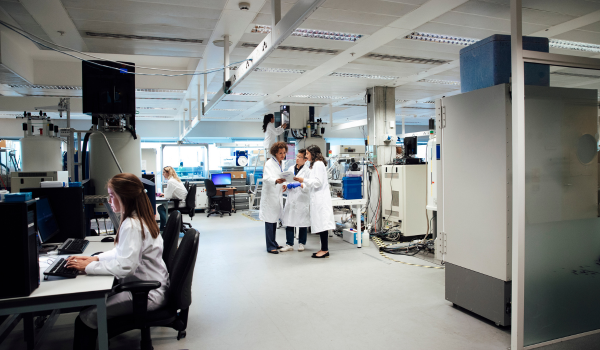

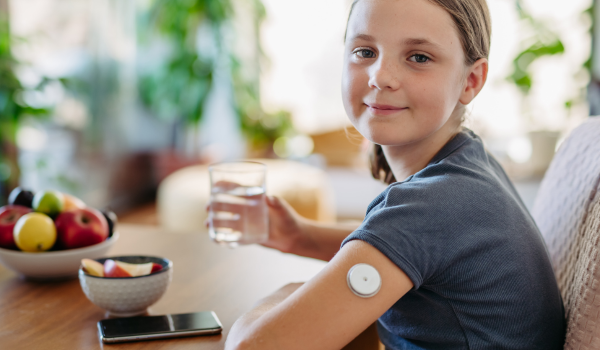
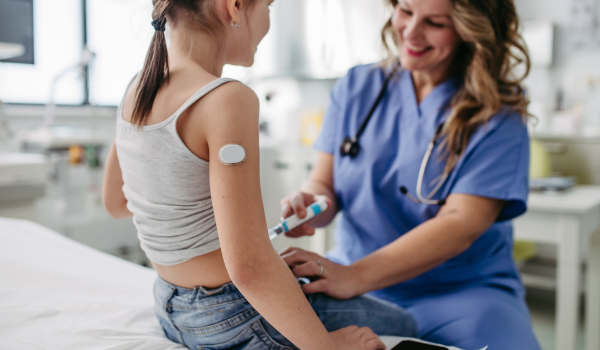
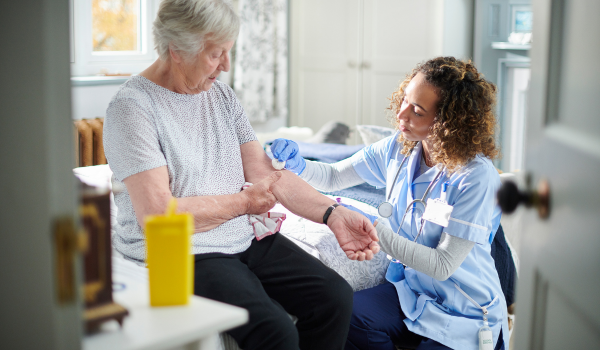
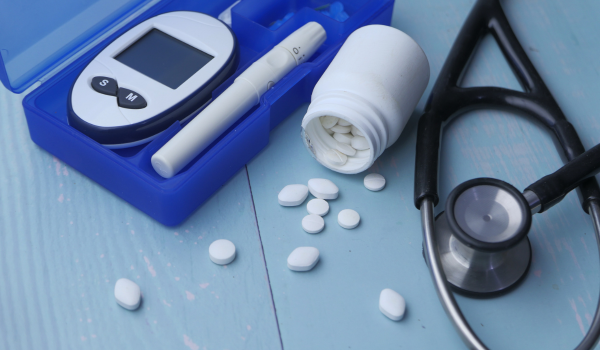


.png)

